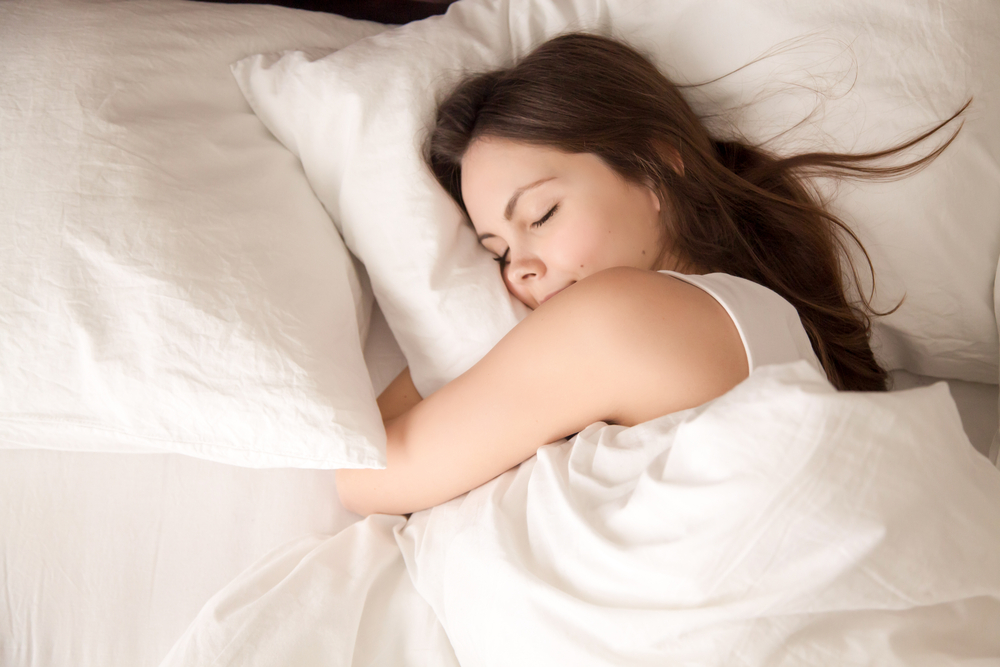How Occupational Therapy Can Address Sleep Performance
By Spencer Perry, MSOT, OTR/L, Outreach Occupational Therapist
Chances are, that at some point, you have had a night where you tossed and turned, struggling to piece together an hour or two of sleep. The next day can feel like it drags on and you are fighting a battle to think clearly and do even the most basic tasks. For older adults, age-related changes in sleep patterns can impact their amount of sleep and subsequent performance in daytime routines. Even more concerning, a growing body of research has connected poor sleep to a long list of health conditions. According to the CDC, insufficient sleep is linked to diabetes type 2, obesity, depression, and cardiovascular diseases such as stroke and hypertension.
What can occupational therapy do to help?
OTs working with community dwelling older adults can evaluate sleep habits and routines, and custom-tailor treatment to address sleep issues on the individual level. OTs often use the PEOP model to look at the Person, Environment, and Occupational Performance to identify sources of sleep disturbances and provide treatment approaches for better sleep. As all of our clients present with different issues, the treatment for sleep can vary greatly. In more severe cases, we can serve as a referral source to doctors and sleep specialists for our clients with significant sleep disorders. To outline our scope of practice, the American Occupational Therapy Association has identified the following as some of the key approaches in which OTs can address sleep challenges:
- Addressing secondary conditions that impact sleep such as treating depression’s effect on sleep routines or introducing positioning techniques to reduce pain
-
Training in coping skills and stress management such as meditation and relaxation techniques or time management strategies
-
Utilizing cognitive behavioral therapy (CBT) techniques for insomnia to help clients identify negative thoughts and behaviors
-
Lifestyle intervention to promote healthy sleep habits and routines including establishing regular sleep and wake times with consideration for one’s unique medical needs and daily activities
-
Providing education to the client and their caregiver on common misnomers surrounding sleep
-
Modifying the sleep environment to ensure better sleep habits (i.e. adjusting lighting, temperature, bedding, and technology use around bedtimes)
-
Facilitating health management through establishing daytime exercises routines to improve sleep performance
-
Assess and treat performance deficits limiting sleep including bed mobility and participation in evening toileting routines
In conclusion, there are many approaches that occupational therapy can take to address sleep performance. As no one approach will fit each client, the value of OT in addressing sleep disturbances is our ability to custom-tailor evaluation and treatment. As in-home therapists, we have the unique opportunity to see beyond our clients’ diagnoses: we can see their daily routines in the place where they spend most of their time. We can positively impact their sleep where it actually happens.



